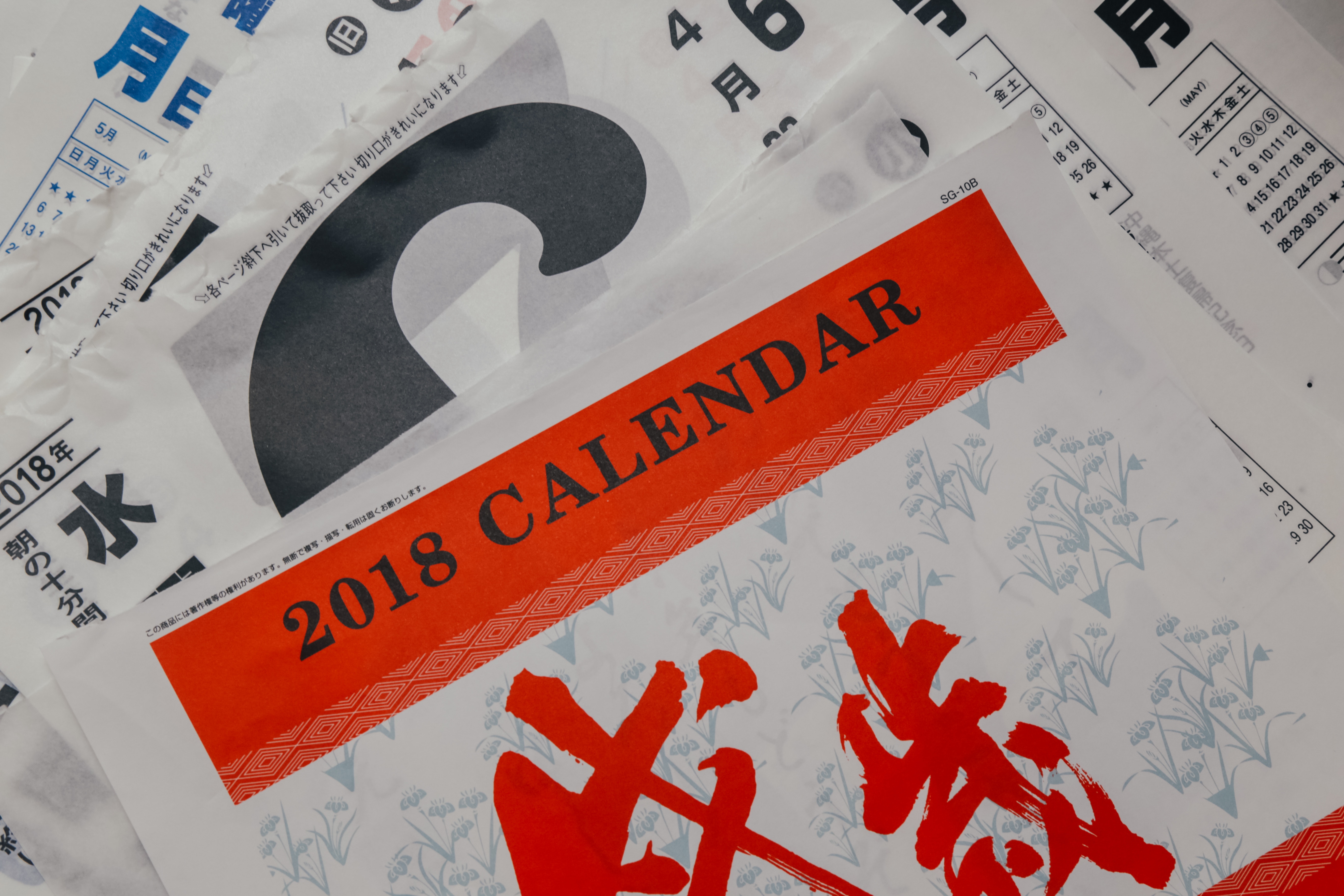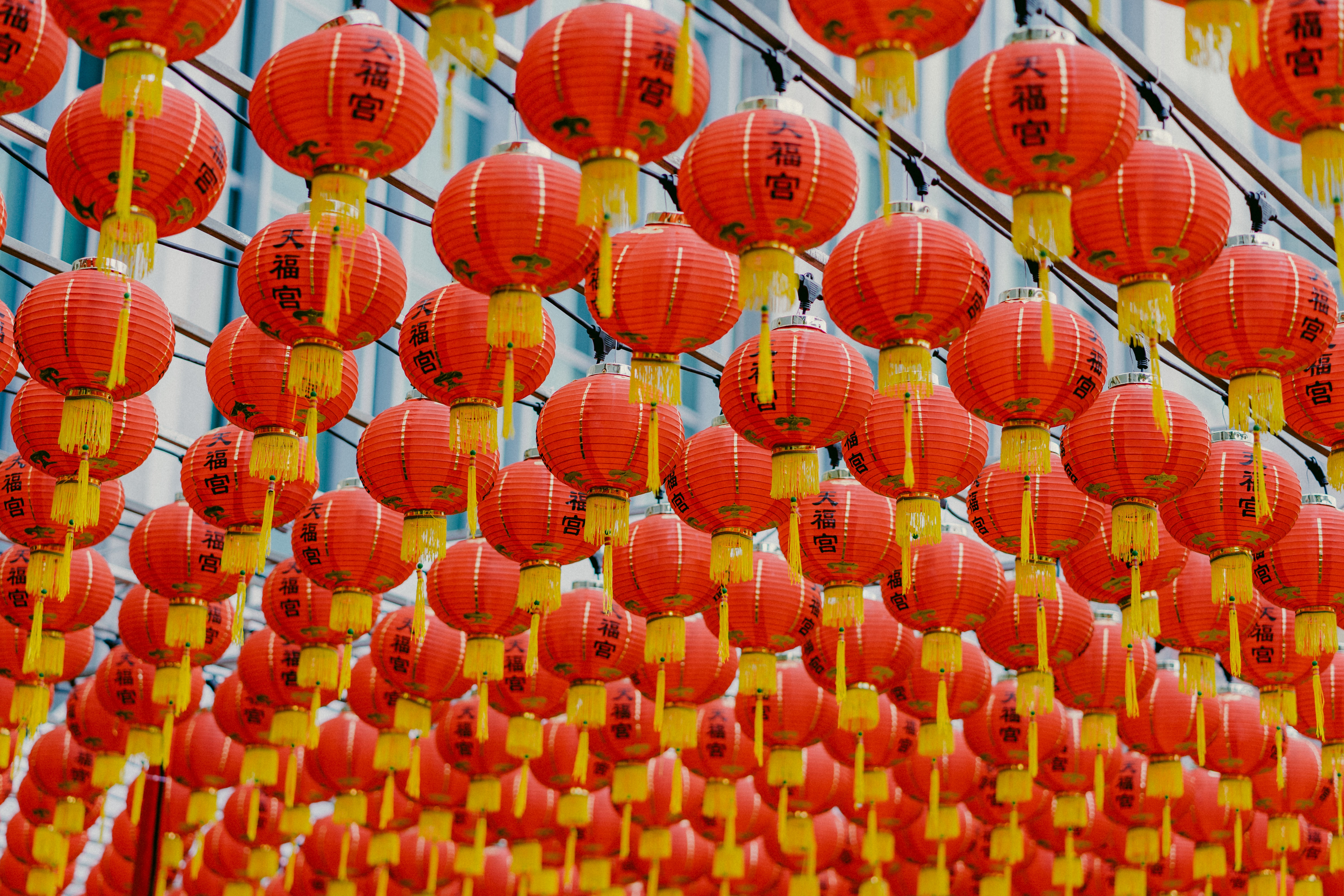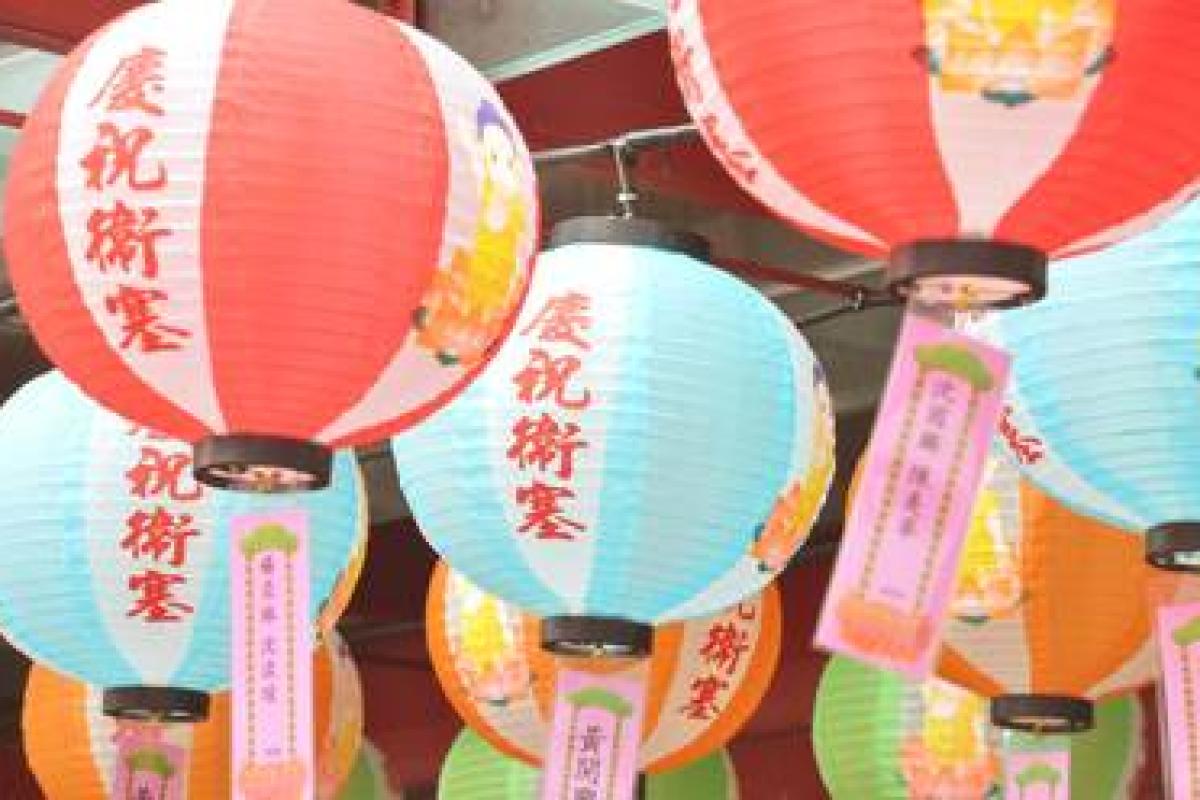Chinese New Year is evolving. Brands that turn a blind eye to the opportunity or think it is limited only to companies operating within China will lose out.
While tradition and family remain the cornerstones of Chinese New Year, savvy brands are starting to think beyond these, creating new narratives through which to connect with the evolving Chinese audience – such as tapping into a desire to travel or self-gift.
Re-imagining tradition holds even greater relevance for Chinese New Year 2019. Here are four key insights to get ahead:
Tap into new consumer lifestyles

Consumers across the globe are prioritising wellness and living more sustainable lifestyles. Young people in China, in particular, are questioning how their consumption and leisure habits affect their day-to-day life. As a result, health, fitness and eco-tourism are booming, thanks to a growing tribe of mindful xiao qingxin – or "little clean and fresh" consumers – who prioritise self-development and environmentally friendly lifestyles.
Eyeing this commercial opportunity, Canadian athleisure retailer Lululemon created a Chinese New Year collection for 2018 accompanied by a campaign entitled "Practice Takes Practice". Linking 10 Chinese cultural elements and lunar festival traditions with 10 lifestyle practices, the brand found a bespoke way to capitalise on the tradition of Chinese New Year, while making it relevant to contemporary consumer lifestyles.
Also managing to balance tradition with modern consumer consciousness, Cathay Pacific created sustainable red envelopes for Chinese New Year using retired uniforms, combatting waste – a trend we saw emerge last year through the proliferation of virtual red packets.
Insight: Connect through evolving lifestyles
To leverage the Chinese New Year opportunity, brands should look for ways to apply traditional sentiments of the festival to contemporary consumer drivers.
Play on key characteristics of the animal

For Chinese consumers, the elements of the zodiac animal define the trajectory of the year ahead. Simply pasting images of a pig (the sign for 2019) on your product or marketing communications won’t cut it. Instead, brands should look for ways to harness the characteristics of the animal and what those could mean to peoples’ lives.
This was a strategy that held particular relevance for 2018, the year of the dog, resonating with China’s growing pet owner cohort. The National Bureau of Statistics ranked China as third in the world for dog ownership, with 27.4 million pet dogs in 2016.
Moncler appealed to owners by creating a coat for dogs in partnership with Poldo Dog Couture this Chinese New Year, while Scottish whisky brand Johnnie Walker chose to honour man’s best friend through a limited-edition Blue Label bottle collaboration – also appealing to the rising number of whisky drinkers in Asia. Going the whole way, AirAsia made a dog the protagonist of its Chinese New Year ad campaign.
Insight: Channel the animal's character
Chinese New Year continues to be a key spending opportunity for consumers, with new items bought to represent the changing of the year. Brands should look to harness the positive characteristics associated with the relevant zodiac animal and imbue these through both product design and marketing communications.
Target traveling consumers

Celebrated by one-quarter of the world, Chinese New Year is a hugely important trading period for retailers across Asia and tourist hotspots globally. Helping travelling Chinese consumers celebrate this year’s festivities, Selfridges created a comprehensive in-store campaign offering exclusive experiences across its Manchester and London stores from complimentary beauty treatments and masterclasses through to Chinese calligraphy design.
Colliding tradition with the future, Prada created a series of pop-ups across Asia that ushered in the 'Year of the Robot Dog.'
Insight: Look beyond Asia
In China alone, total retail sales for Chinese New Year exceeded $133bn over six days in 2017, according to data from IGD, but this opportunity extends so much further. Marketers should look at travelling Chinese New Year consumers as well as Chinese communities living abroad. Embedding elements of Chinese culture into product and marketing will help brands to retain relevance.
Lengthen Chinese New Year campaigns and product sales

Purchasing new items to wear is one of the key ways Chinese consumers usher in the new Lunar year. Rather than holding out for consumers to spend their lucky money, brands can tap into this with earlier engagement and earlier releases. Nike, for example, launched its Kyrie 4 'Chinese New Year' sneaker in January 2018, one month before Chinese New Year. Not only does this create hype for the product but aligns the Nike brand with new Chinese New Year wardrobes early on.
Young Chinese consumers are also looking for more immediate gratification and tend to spend their lucky money rather than save it as in the case of their predecessors, providing another opportunity for brands to extend the sales opportunity.
Insight: Prolong sales
Brands should look to Nike for a best-case example of harnessing pre and post-Chinese New Year spending. Look for ways to build anticipation in the lead up to the festival and prolong engagement in the weeks after.
This article originally appeared on The Drum.



